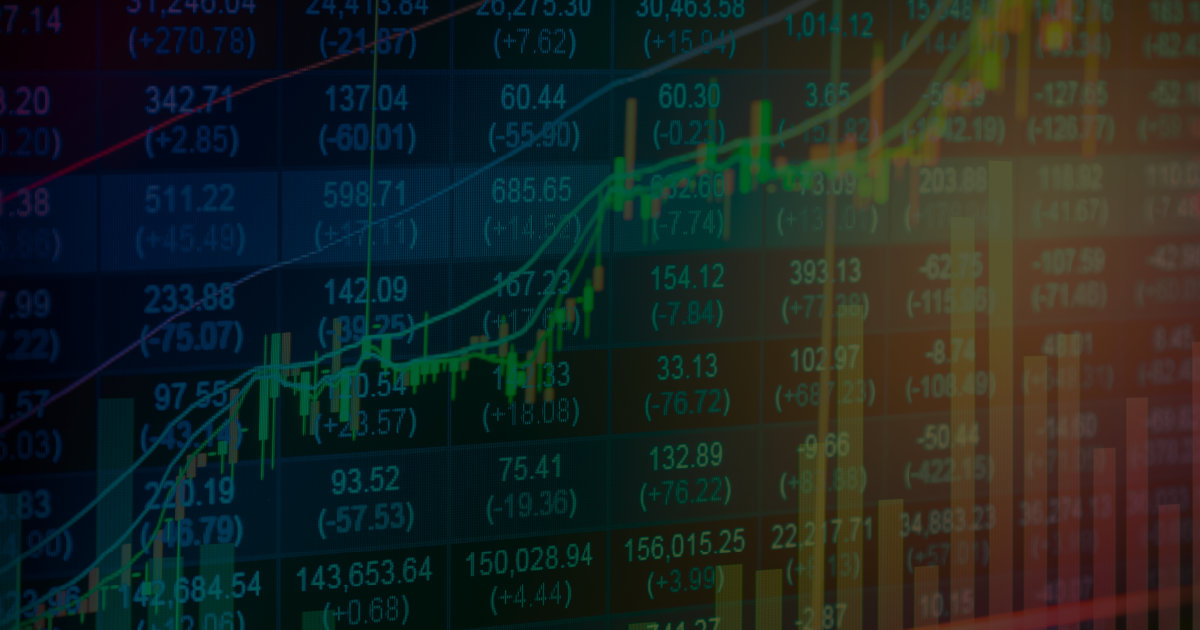This week we are getting technical, but bear with us. It’s important!
A cautious consensus seems to have emerged among market participants that inverted bond yield curves signify an imminent recession. Should investors be worried about this?
First let’s explain what the above actually means.
The bond yield curve plots the yields (interest rates) of bonds with similar credit quality but different maturity dates on a chart. Connecting the dots gives you your yield curve. So for example, US Treasury securities (government bonds) all have the same underlying credit risk, i.e., the risk the US government defaults. But there are different maturities available for investors to buy (2 years, 10 years, 30 years, etc.). Plotting these interest rates over time for any type of bond shows you how markets are perceiving credit risk and more broadly, risk in the economy.
In normal times, investors demand higher rates for longer maturity bonds. The principal is simple. If you were to lend someone money for 1 year, and then lend the same person money for 10 years, you’d want a higher rate for the 10-year loan as there’s a whole 9 more years of risk the person defaults and you do not get your money back. The higher rate compensates you for the higher probability of default over a longer time period. Plotting this on a chart gives you an upward sloping yield curve.
If a yield curve ‘inverts’, that means markets want higher rates earlier, and lower rates further out. Your yield curve looks more like a hump. Historically this has been an indication of upcoming recession. The market wants higher rates upfront to protect from the higher risk of default in the short-term, and so shorter-term rates rise.
In the past two weeks, we have seen the US Treasury yield curve invert, sparking headlines of ‘imminent recession’ in the financial press.
In our view, the rise in two-year yields (remember: shorter term yields go up more than longer term yields, causing ‘inversion’) is best explained by investor confusion over how to deal with a situation for which they have no precedent. Covid’s impact on the economy and the historic levels of easing delivered to alleviate it are new. It is likely that investors are late to the party on pricing in higher short-term inflation (via higher rates), and that is probably what we’re seeing in the short end of the yield curve.
The ten-year yield has been held lower than it otherwise would have been by the US Federal Reserve’s massive economic intervention in that market. Hence ‘inversion’ of the curve (2 year yields up, 10 year yields not up as much). Without this intervention, and assuming the ten-year yield had been allowed to rise as it normally would, would we be seeing a yield curve inversion?
Probably not.
Disclaimer: The views expressed in this article are those of the author at the date of publication and not necessarily those of Dominion Capital Strategies Limited or its related companies. The content of this article is not intended as investment advice and will not be updated after publication. Images, video, quotations from literature and any such material which may be subject to copyright is reproduced in whole or in part in this article on the basis of Fair use as applied to news reporting and journalistic comment on events.


